In 1896, W. Hampton “Hampy” Dukes established his funeral business, Dukes Undertaking, on St. Johns Street in Orangeburg, South Carolina. In 1927, a cousin, Clifton Harley, joined Hampy Dukes, and then three years later, his brother I.S. Harley, joined the business which became Dukes-Harley Funeral Home. In 1936, they moved the funeral business to a stately Greek Revival mansion. A chapel was added on in 1940. The building was originally built as a private residence for Mr. & Mrs. W.S. Lining around 1904. Mr. Lining was a prominent cotton broker in the city.



For many years before 1972, black and white funeral homes in Orangeburg and around the nation transported medical patients to the hospital in an emergency as well as transporting bodies to the cemetery for burial. Both of these services used the same hearse. The ambulance service began as an outgrowth of the need to transport humans in medical emergencies. Until 1972, the process was, the whites would generally transport whites and blacks would transport blacks. In the case of medical emergencies in being transported to the hospital, white patients were always served first and blacks had to wait. The funeral homes used a rotating system of transporting medical emergencies. So, everyone got an opportunity to serve the needy public.
In 1966, Congress passed the Highway Safety Act, which established new regulations for emergency care personnel. Many federal government requirements in terms of training, equipment and vehicles were coming into play for those that provided emergency medical services that would have been very costly and difficult for funeral homes to meet. Therefore, the funeral homes across the county made the decision to discontinue transporting medical emergencies. The funeral home directors agreed that the increasingly stringent federal regulations will make it impossible for the funeral homes to equip and train the personnel to maintain an ambulance service. Thus, the era of funeral homes providing transportation for medical emergencies ended for both black and white owners in Orangeburg on September 15, 1972.
In 1980, A.J. Hutto, Jr., a nephew of the Harleys, purchased the funeral business and has carried on the family business ever since. After a fire destroyed the home in 1999, the business operated out of one of the homes behind the funeral home for almost three years until their new location was completed in 2002. The enormous Greek Revival home was condemned in 2005. The owner spent a little over $12,000 improving the exterior, including painting it. In July 2015, the city reimbursed him $10,000 through its facade grant program. The building had been on the market for about 10 years at the appraised price for the land of $225,000. Although there had been interest in the property, no serious offer was ever made before the building was given to the Orangeburg League of the Arts. The group was given the building in April 2016. Since then, the building has been cleaned out and the roof has been replaced. A full restoration began in November 2019. The OLA envisions the building housing an art gallery, antiques as well as place for weddings and receptions.

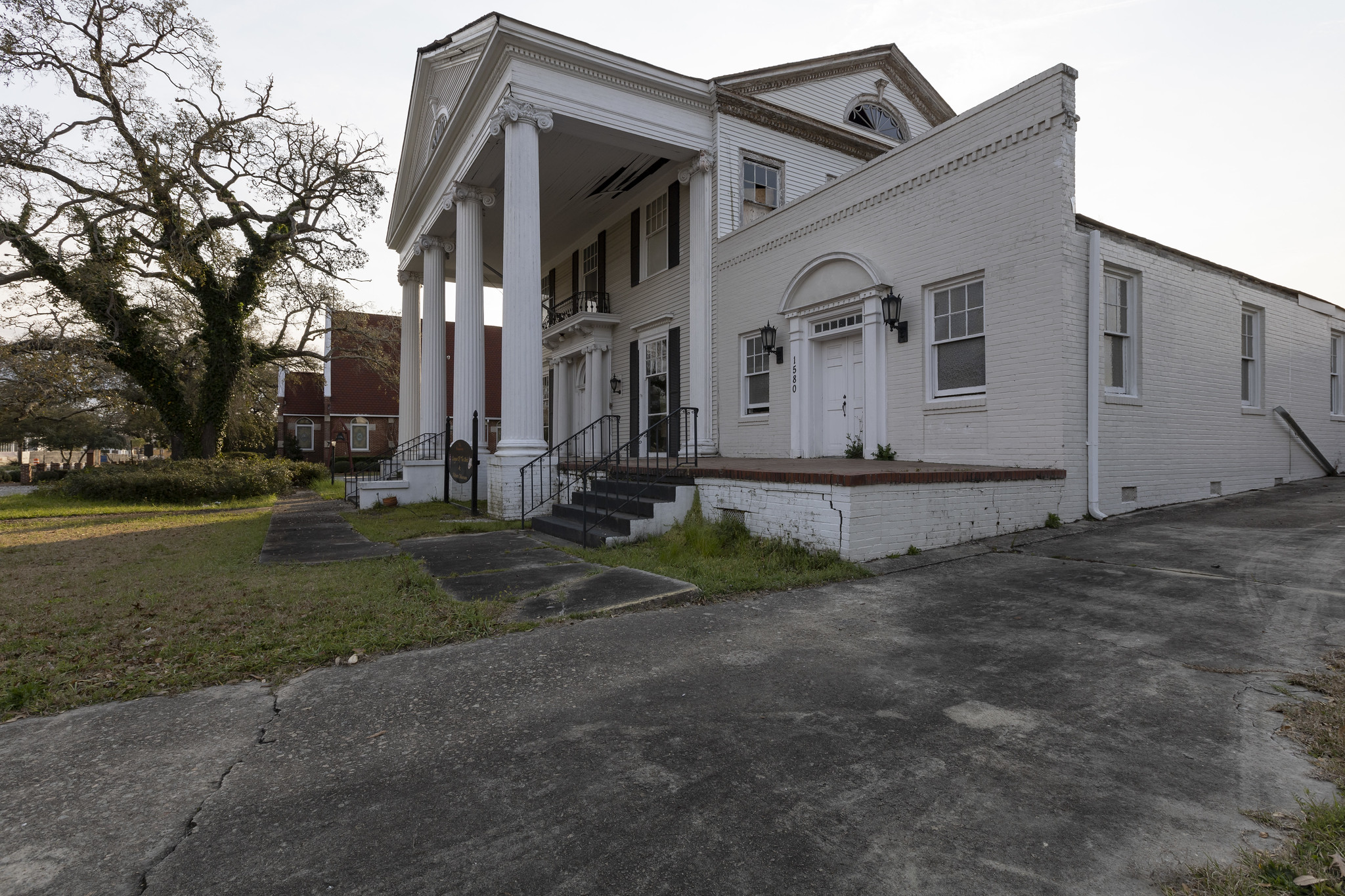
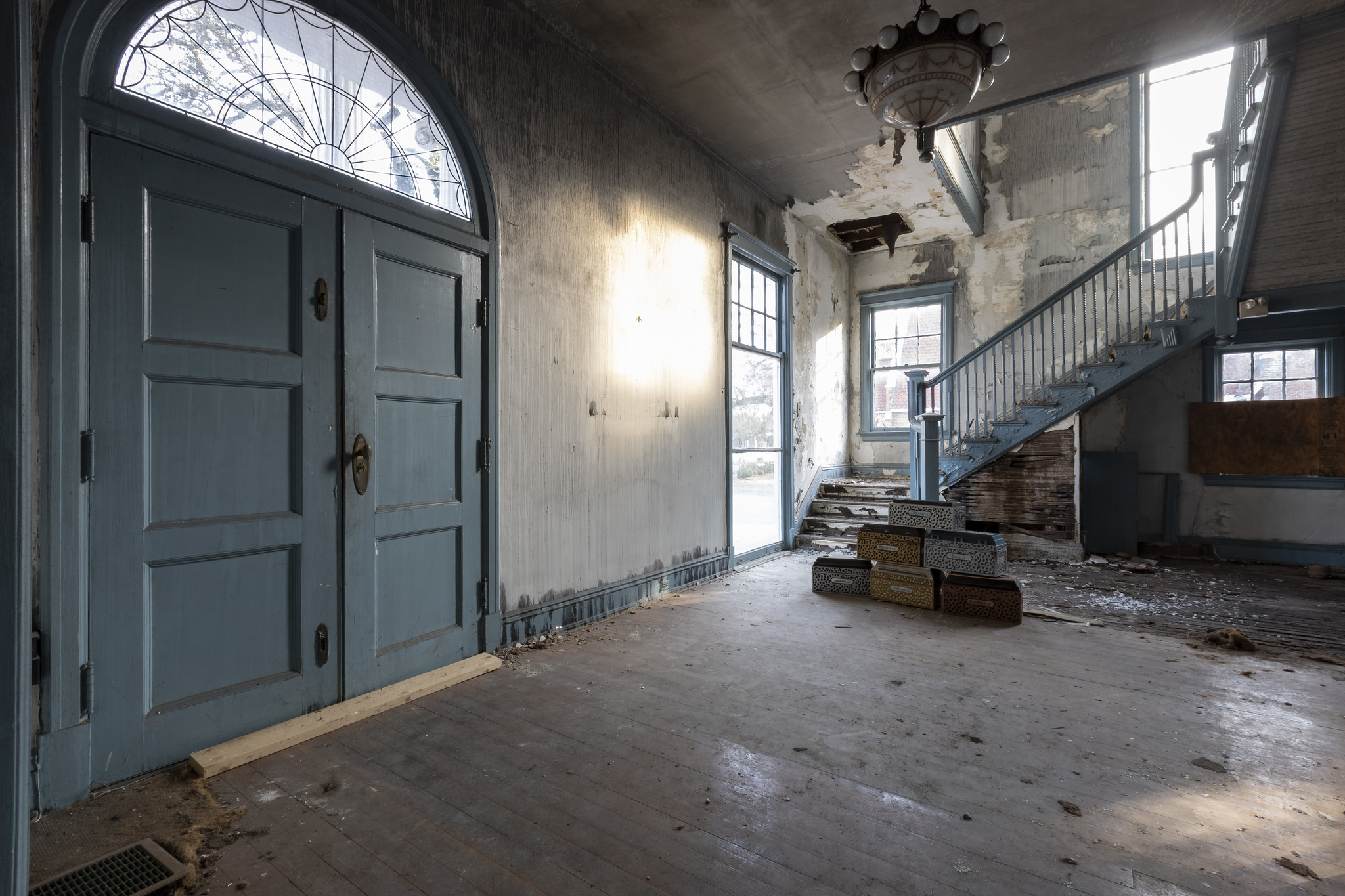
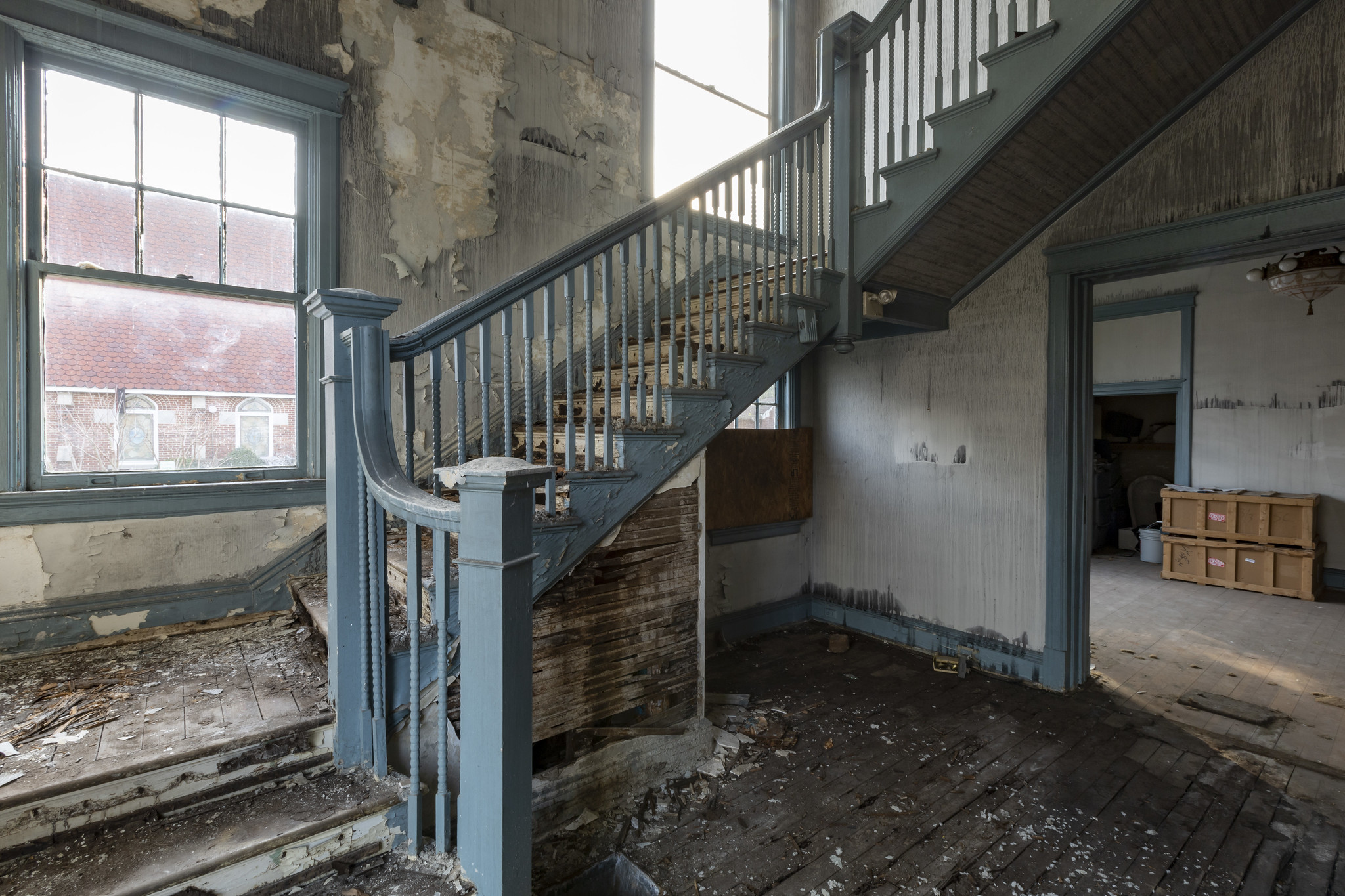



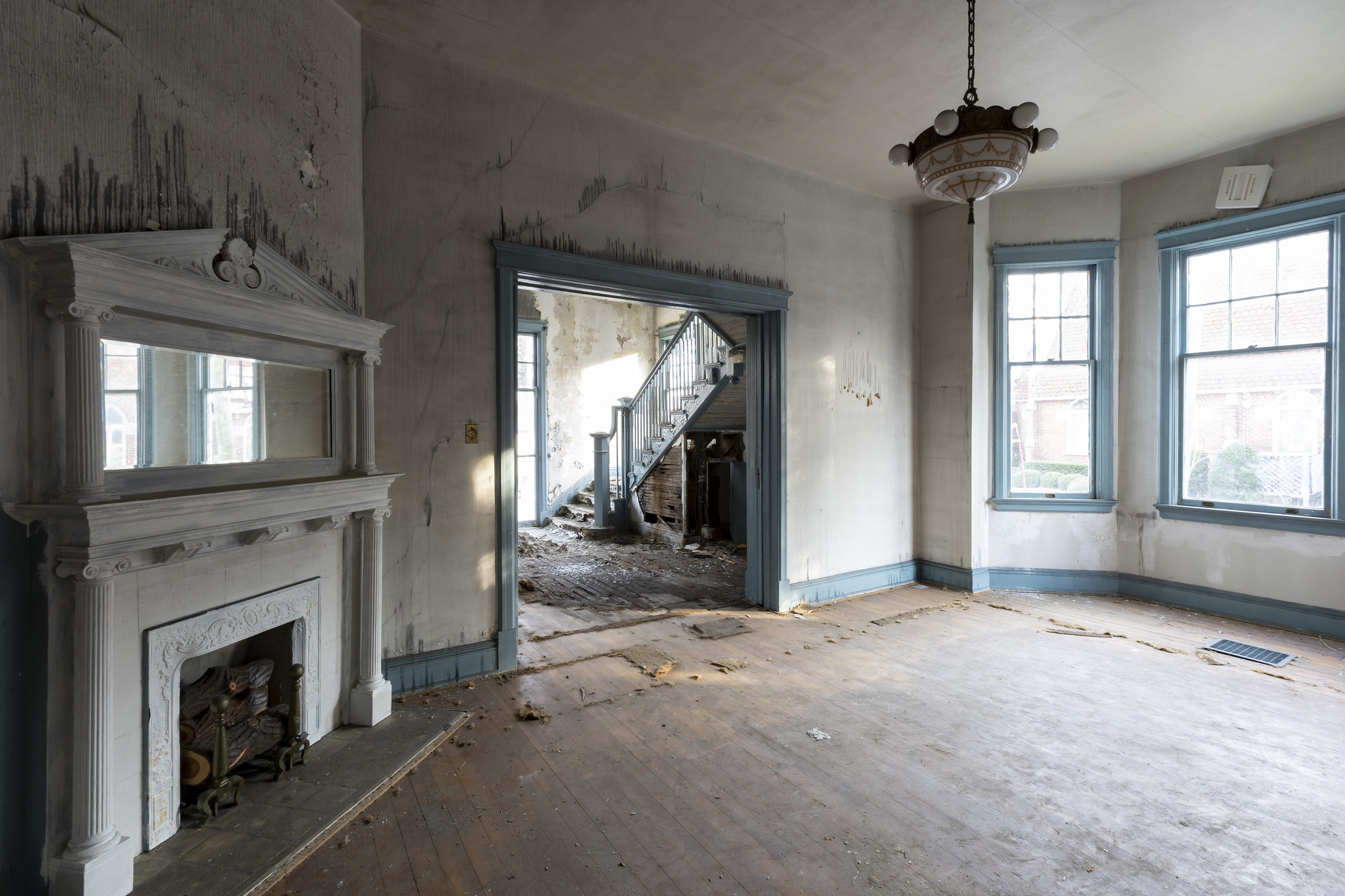

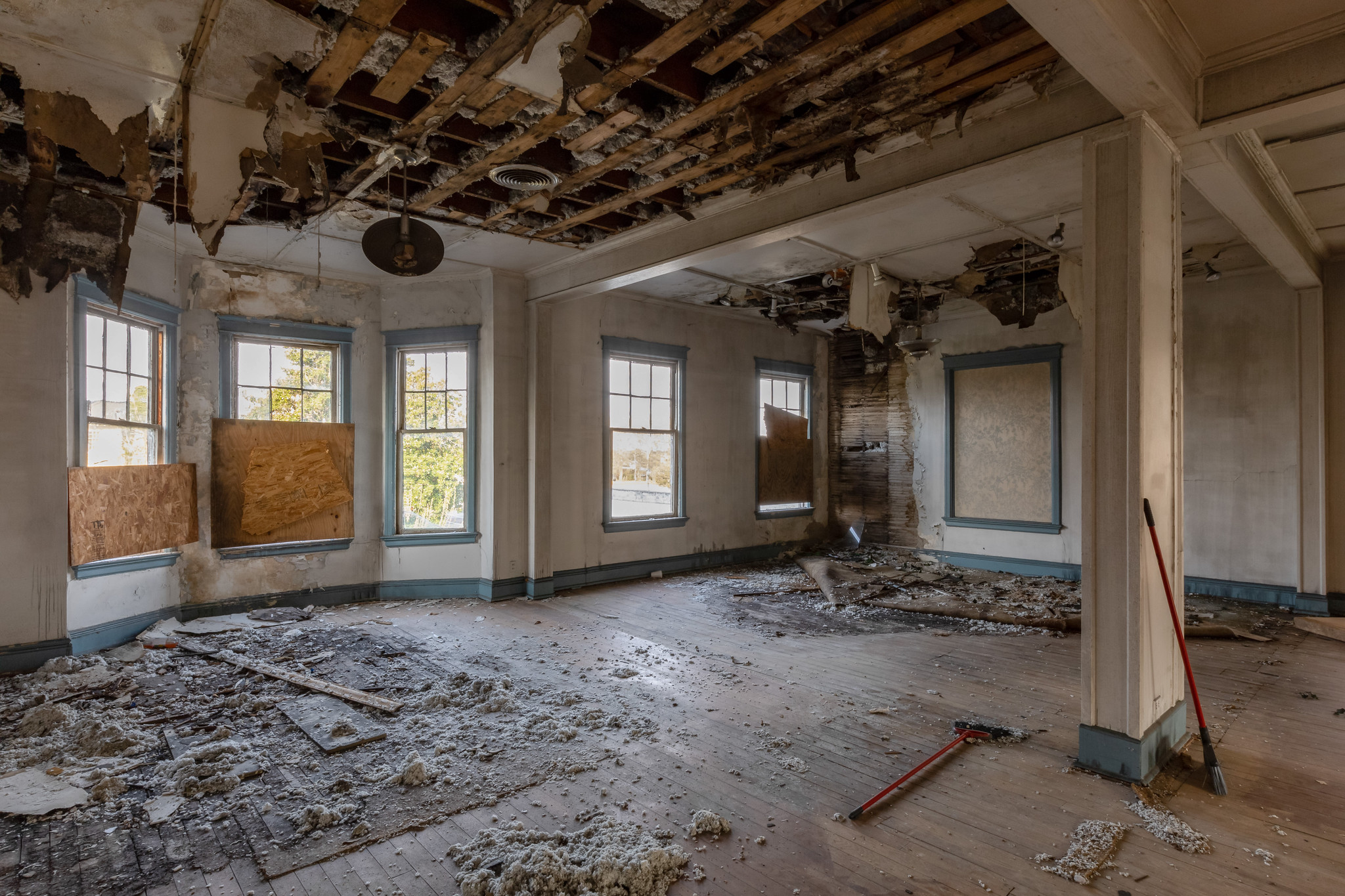



Thank you for reading. I appreciate your support. Please share the blog with your friends.
If you would like to receive the Abandoned Southeast blog in your email, you can sign up below.
Also, check out my books that are available through Amazon.

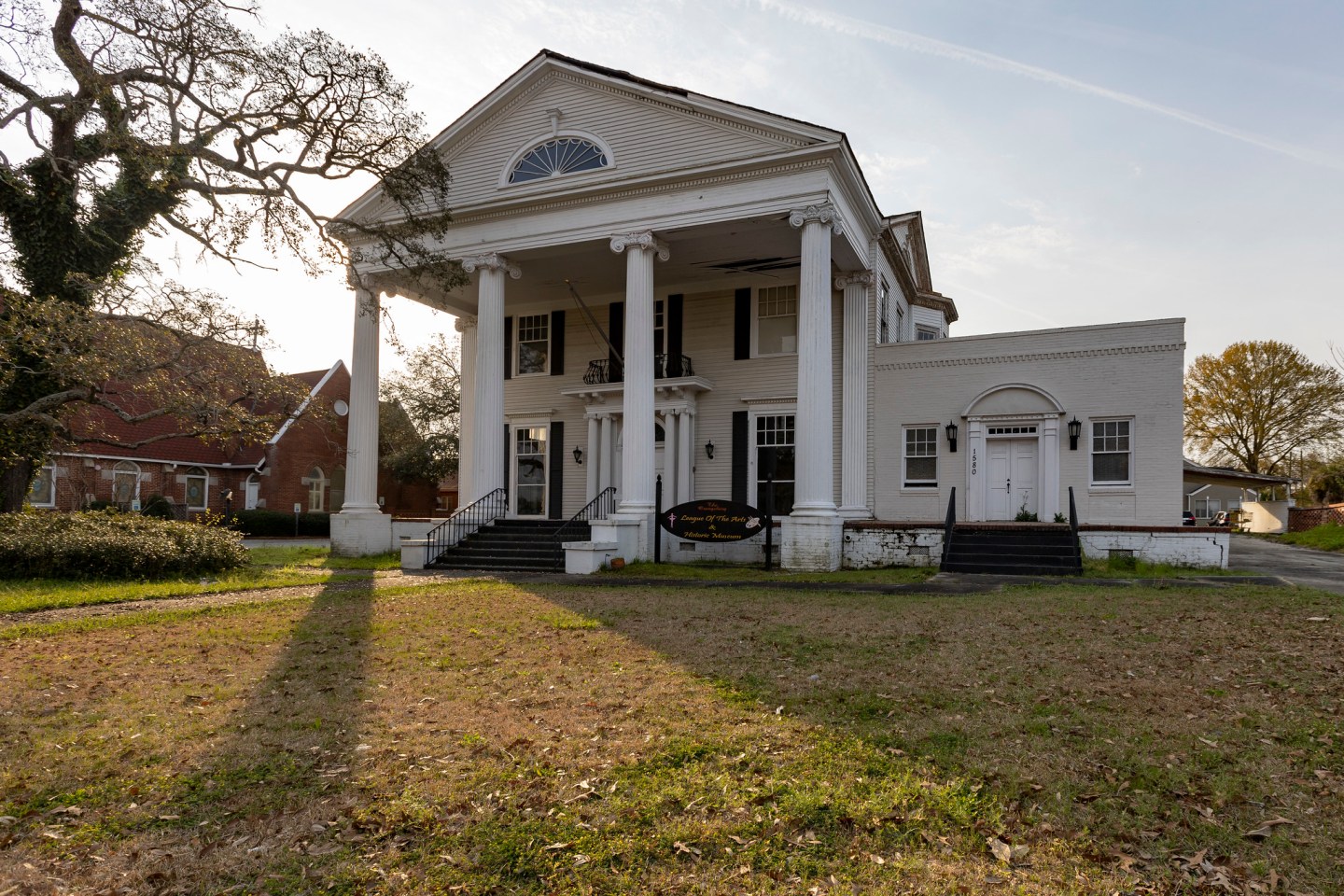
Interesting building
LikeLike
Fascinating text and photos. Restored, it will be a living art gallery, a long cry from its days of serving handling death. I wish the Arts Council luck! Enjoyable reading.
LikeLike